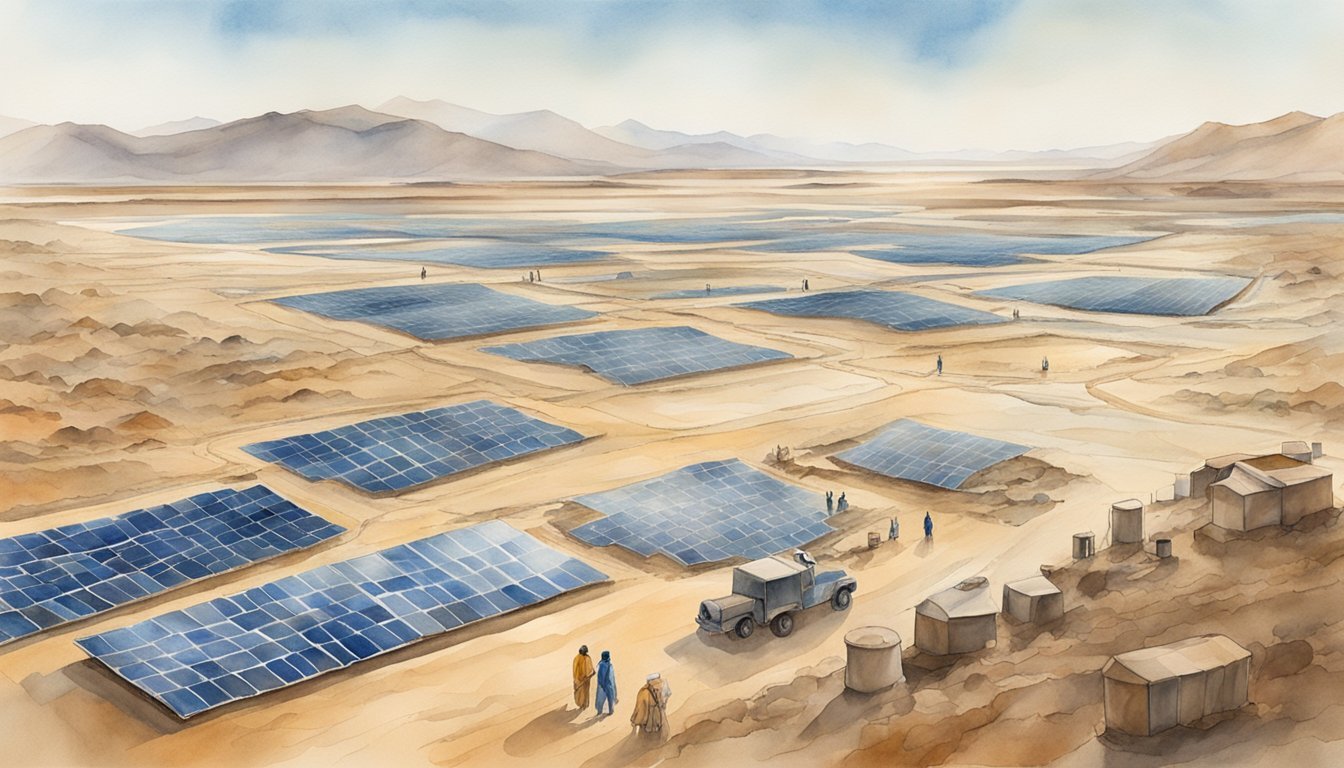Overview of South Africa’s Water Crisis
South Africa faces a complex water crisis driven by a range of factors affecting the nation’s water supply and management systems. This section delves into the key components of the crisis, including infrastructure challenges, the impacts of climate change, and the critical role governance plays in navigating this pressing issue. Aging and poorly maintained infrastructure has led to widespread leaks and inefficiencies, further straining an already limited water supply. Additionally, the trembling giant’s ecological challenges, such as deforestation and pollution, exacerbate the crisis by reducing water quality and availability. To address these issues, effective policies and sustainable water management strategies are essential for securing the nation’s future water resources.
Understanding Water Supply and Infrastructure
South Africa’s water system relies heavily on its extensive infrastructure, consisting of reservoirs, dams, and pipelines designed to store and deliver water to urban and rural areas. However, this infrastructure is under significant stress due to aging facilities, maintenance backlogs, and a rapidly growing demand for water. These issues are compounded by economic constraints, which hamstring efforts to invest in and improve the water supply network.
Impact of Climate Change and Drought on Water Scarcity
Climate change is exacerbating South Africa’s water scarcity through an increased prevalence of drought conditions. Regions across the country have experienced diminished rainfall patterns, leading to critically low reservoir levels and water restrictions in major cities. These prolonged periods of drought have a stark impact on water availability, affecting both urban populations and agricultural sectors that rely on consistent water supply.
The Role of Governance in Managing Water Resources
Effective governance is essential for successful water resource management, especially in times of crisis. South Africa’s approach to governance regarding the water crisis involves crafting policies, enacting laws, and establishing committees to oversee and address the pressing needs of the water system. Nonetheless, despite the government’s efforts to mitigate the crisis, challenges such as enforcement and coordination persist, making governance a crucial point of focus in the search for lasting solutions.
Socioeconomic Consequences and Solutions
Addressing the water crisis in South Africa involves understanding the far-reaching socioeconomic impacts on communities and the environment. Efficient solutions are critical to mitigate these effects and provide sustainable outcomes.

Effects on Residents and Municipalities
The water scarcity in South Africa heavily affects both urban and rural residents, with municipalities struggling to maintain consistent water service delivery. This situation exacerbates poverty and can lead to health issues as water becomes scarce or contaminated. For instance, inadequate water supply not only impedes personal hygiene but also the functioning of hospitals, schools, and other forms of basic service delivery. This strain on municipalities is compounded by population growth, making sustainable water management an urgent need.
Investment and Innovation in Water Management Systems
Financial investment and innovation in water management systems are pivotal in addressing both physical and economic water scarcity. Initiatives that reduce non-revenue water through improved infrastructure and the utilization of advanced technologies for resource management are essential. By investing in state-of-the-art water management systems, South Africa can enhance its ability to allot water more effectively and monitor usage to reduce waste. Additionally, fostering public-private partnerships can accelerate the deployment of these technologies, ensuring sustainable water distribution across regions most affected by scarcity. Understanding the economic implications of water management also ties back to broader financial systems, prompting questions such as who invented money and how financial instruments can be leveraged to support critical infrastructure. By integrating efficient policies with cutting-edge solutions, South Africa can create a resilient framework that secures water access for future generations.
Policy, Accountability, and Future Projections
The development of robust policies, coupled with political will and accountability, sets the foundation for sustainable water resource management. Assessing future projections for water availability and demand allows for actionable strategies. Moreover, cohesive policies can mobilize innovations, ensuring that growth and water management are in harmony, contemplating population rise and climate variables. Effective leadership and scrutiny are vital in making these policies successful and adapting them over time to evolving conditions.

